Improve your clinical notes today
No matter what system you use to record your clinical notes, software or paper, there are some actions you can take to improve how they benefit your practice.
We’ve picked out four specific recommendations to get started on the path to effective clinical notes. Future emails in the series will have much more detail on each of these areas.
Record a note for every consultation
Whether it’s a compliance requirement or the tool to provide better patient outcomes, you need to record a note for every consultation. There’s so many priorities when running your practice it’s easy for a consultation to slip through without a note.
There are many actions you can take to make sure this happens, but today we will focus on just one; publish a leader board for note taking in your practice.
You could do this daily or weekly depending on how easy it was to collate the information required and how many practitioners are at your practice. At a minimum the leader board should include how many missing and draft notes are currently outstanding with each practitioner.
The simple fact of making status public is often all you need to encourage every practitioner in your practice to get their notes done.
Recording the right details
Note taking requirements are often regulated to ensure they are correct, complete and reflect the treatments that have taken place. If you don’t know the requirements or haven’t checked up on any changes since you completed your degree you could be opening up your practice to risk (often time spent on courses to make sure you understand the requirements, but it’s time better spent on other things).
The best way to know you are recording the right details is to read the regulations for your profession in your country. Most professional/regulatory associations will have the documents on their web site. Alternatively, make sure you use note taking software that takes compliance into account.
We recommend the following:
Get online and check your specific regulations
Ensure that your current note taking process covers the requirement
Make changes as required to bring your notes into compliance
To speed this along here’s a limited list of note taking regulations, if yours are not listed get online and check your regulatory body:
Chiropractic Board of Australia - Codes and Guidelines - See Guidelines for clinical record keeping for chiropractors
Osteopathy Board of Australia - Codes and Guidelines - See Osteopathy guidelines for clinical records
Physiotherapy Board of Australia - Codes and Guidelines - See Code of conduct
New Zealand Chiropractic Board - See Competency Based Professional Standard for Chiropractors
Never lose a note
Note taking regulations will often require that you take steps to ensure clinical notes are retained for some period of time. If nothing else, improved patient outcomes require that you have access to the full note history for your patients.
If you are recording electronic notes but managing them yourself then the most important action you can take today is having a full backup of the files which can be quickly restored. Even better, make sure the files are stored with an online file service like DropBox or iCloud Drive as a starting point. Backups will still be required but the chance of losing a file will be substantially lower.
If you use an online service to record your notes then check where the notes are located and what backup processes are in place to ensure notes are not lost.
If you are recording your notes on paper then the first thing you should do is make sure a backup copy is taken of every note after each consultation, which should again be stored in an online file service and backed up along with your computer.
Accountability for your practice
As a practice owner all the above investigations and actions need to apply to your entire practice. There’s no use having your personal notes recorded effectively if your associates aren’t doing theirs. If nothing else, regulators and health insurers will hold you responsible for the completeness and accuracy of your notes, even if you didn’t personally see the patients.
The best place to start with accountability for your practice is to ensure there is unambiguous understanding for your notes across your practice. When a practitioner records a treatment, even if using shorthand, does it mean the same thing to all members of the practice or will it be understood by other practitioners.
To ensure this is the case create a list of abbreviations that are used in your practice, including what each abbreviation means, and then ensure that the list is clearly understood by all practitioners before they record their notes. It must be clear that an abbreviation can only be used in a clinical note if it is on the list, or it is agreed to be added.
The list can then be provided as a guide on how to read the abbreviated notations, so even if a new practitioner joins your practice they will be able to understand all the clinical notes from the very first day.
Don’t let your clinical notes be an afterthought
Poor clinical note taking can be a risk to your business and effective clinical notes can drive real benefits.
There are some simple actions you can take today to improve clinical note taking, don’t wait until regulators or health funds are knocking at your door and taking up your valuable time.
Want to learn more
This article is part of the series “Effective clinical note taking for Allied Health practitioners”. Please see the other emails in the series for further details and recommendations. If you were sent this link directly and want to subscribe to the whole series, please sign up.
